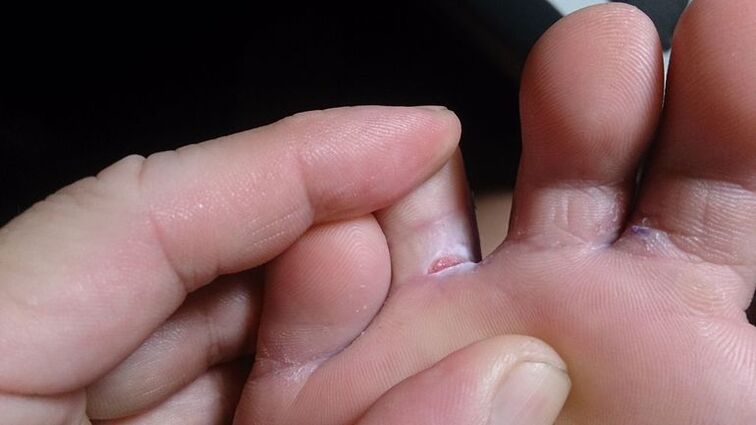
Mycoses are a group of diseases caused by pathogenic fungi.The skin areas that influence these microorganisms are referred to as dermatomycosis.Sometimes they are combined with onychomycosis nail disease.If you know what the fungus looks like on your legs, you can heal the disease in good time and prevent complications.There are several options for the course of this pathology.
The mechanism of infection of the foot
There are factors that affect the ability to infect with a fungus.The state of immunity also depends on this regard.When the body's defense is reduced, the likelihood of developing mycoses increases significantly.Immunity can weaken chronic infectious diseases, pathologies of the endocrine system.They can be infected with a mushroom in a straight and indirect way.In the first case this happens through:
- Latin layers;
- various plants;
- Contact with an infected person or animal.
An indirect path includes the use of hygiene and other things that the patient actively uses.
Fungi of the genus Candida live on the surface of the epidermis.When the composition of the separate sweat glands changes, a nutrient medium for the development of microorganisms is formed.Representatives of the Candida group acquire pathogenic properties.This means they can easily cause illness.
Classification of mycoses
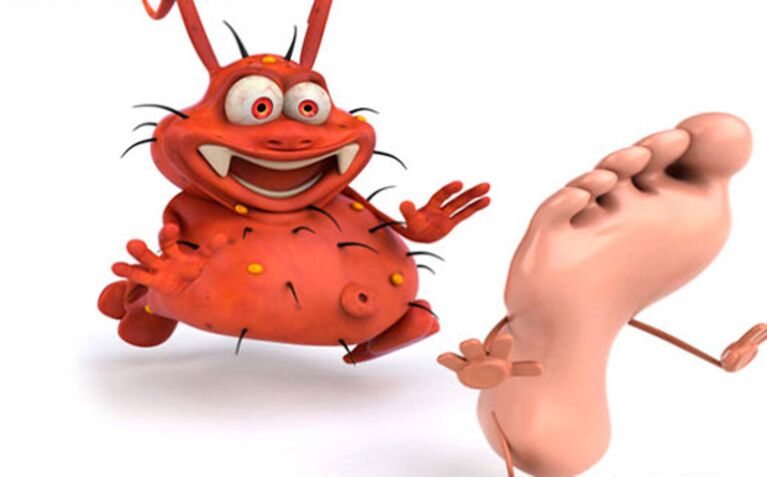
Skin and nails are affected with epidermophytosis.You can infect yourself in public places with this disease: in gyms, saunas.Through which objects of the pathogens are most frequently transferred:
- Towels;
- Washy flaps;
- oil shoot;
- Matt.
Men in adulthood often suffer from epidermophytia.A favorable factor for the development of the disease is an increase in sweating.
Trichophytosis can be caused by different types of mushrooms from a group of trichophytons.The disease is considered very contagious.It is transmitted by shoes that decreases an infected motif, washcloths, towels and other bathing accessories.Pathology is more common in children.About 17% are prevalence among young people.The young men usually suffer.The incidence is even greater in men of adulthood.Workshops, bathrooms, showers, athletes and miners are at risk.
Candidiasis of the stop compared to epidermophytia is less common.Most of the mushrooms of the genus Candida belong to the group of pathogenic group.This means that these microorganisms are present in the norm on the human epidermis.You win pathogenic properties after a decrease in immunity.
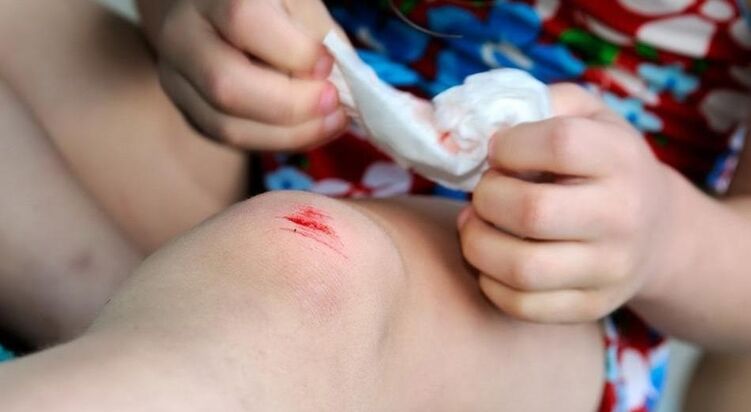
In order for Candida fungi to enter the body, it is enough to use objects to the patient.These microorganisms are often present in foods such as meat, milk and dairy products.The risk of infection increases in the presence of such factors:
- Skin injuries due to chemical components, alkalis and acids;
- Maceration, skin jokes;
- The presence of the mushroom in the air in large quantities.
Symptoms of the disease
Due to the nature of the course, rubramicosis and epidermophytosis are similar.For this reason, experts combine them into a category - Mikoza Stop.It is characterized by scaly, dyshidrotic and intertriginosa of its forms.A separate group is onychomycosis that can be:
- atrophic;
- Normotrophic;
- hypertrophic.
In dyshidrotic mycosis, the work of the sweat glands is inhibited.The fungus on the fingers with an intertrigonic shape looks like diaper rash.Despite such a division, it often has to be considered conditional, since various differences of the disease are combined.
Squamous and dyshidrotic
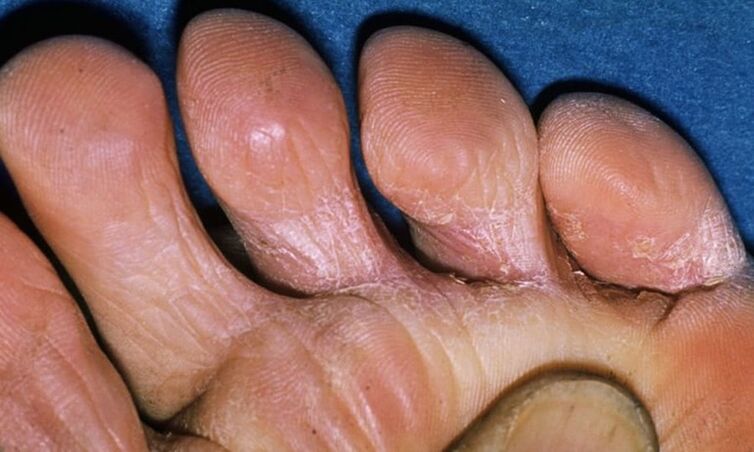
First, the squamous form of the mushroom influences one side.Then it changes to the opposite.Rötung areas are formed on the skin that gradually remove.Individual patients complain about itching.Depending on the patient's body, the damage area can be young and old.There are people who suffer from this form of mycosis of the feet, but nothing bothers them.
The fungus on the skin of the legs with a dyshidrotic shape looks strange: bubbles with a diameter of 2 to 8 mm form in large quantities on the arch.Gradually they begin to merge in larger formations and then burst.Ulzerative skin lesions are formed in their place.Sometimes the process changes to the inner and outer side surface.The bubbles are opened and in your place you can see surfaces with diaper rash with erosion.
The fungus on the legs also manifests itself in itching and pain.Erosion will be dry and healed in the future, and peeling is formed in its place.The fungal infection can be complicated by bacteria.In this case, the liquid is cloudy in the bubbles.The skin on the feet swells, blushed.A dyshidrotic shape is characterized by a long river.The remission times alternate with deterioration.Usually the fungus only affects one foot with this shape.
Intrigal form
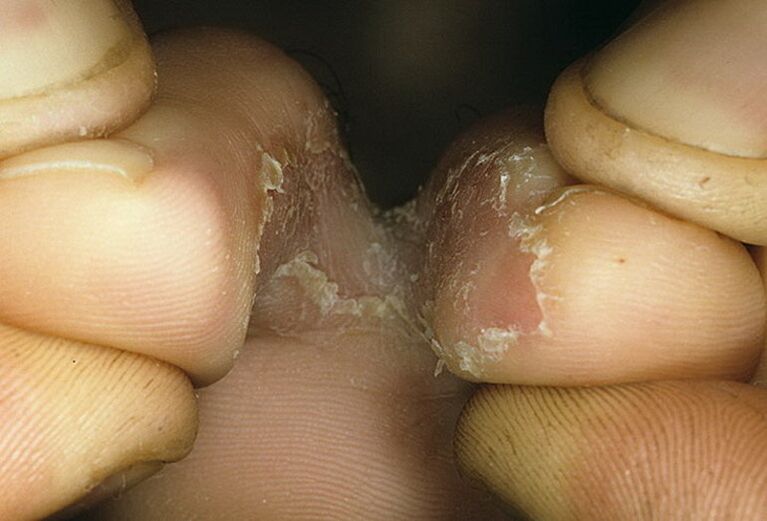
It has become the most widespread and arises independently.Less often, this form develops against the background of squamous epithelium casing.The process affects the area between the 4th and 5th fingers of the foot.The key symptom is the appearance of cracks on an epidermis with a whitish border.The surface layers of the skin are pepped up.A weakening is formed between the fingers.The patient complains of burning and itching.In areas of lesions, the erosion form is very painful.
In most cases, the intrigal form is chronic and has a long river.The condition improves in the cold season and intensifies in summer.In patients with this form, the skin is relaxed over time.The protective functions are reduced.This creates a favorable basis for streptococcal infections.Abscesses are formed on the epidermis, which are surrounded by swelling and redness.
Types of onychomycosis
This disease leads to the nails on the fingers.The pathogen initially attacks the free edges of the plate.Stripes and spots of a yellow shadow are formed here.Different forms of onychomycosis are differentiated:
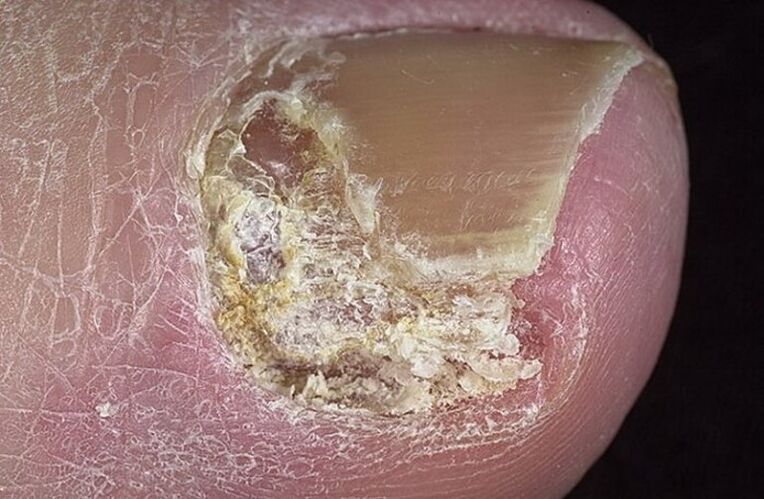
- Hypertrophic.The nail becomes yellow, its thickness increases.It crumbles and the skin peels and thickens.
- Atrophic.The opposite situation is observed here when the nail becomes thin and destroyed.The skin below is covered with a keratized layer.
- Caused by shapes.It is formed against the background of other types of nail diseases.The plate can be green, yellow, brown and sometimes even black.Paronichie is formed in the periologist room - purulent inflammation.
In 70% of cases, onychomycosis 3, 4 and 5 fingers affects their feet.In 30% of cases, 1 and 4 fingers suffer.A normotrophic form of the disease is very often found when yellow spots are on the nail, but its integrity is not violated.
Treatment of mushroom
There are various treatment systems for the disease that are individually selected by a doctor.
Further treatment methods are the absorption of immune stimulants and vitamins.They help to strengthen immunity.If a bacterial infection is associated, antibiotics are prescribed.Sometimes the occurrence of a fungal infection by the underlying disease is preferred.It has to be treated at all.We speak of dermatological pathologies and chronic infections.In the presence of an allergic component, antihistamines are recommended.
Traditional medicine
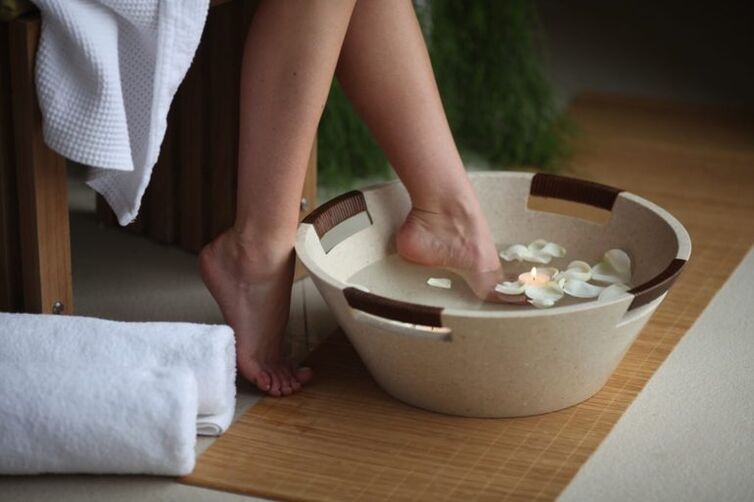
Mycoses do not make a significant risk of health.However, their presence helps reduce immunity and acts as the focus of the inflammation.Only antifungal therapy using special drugs helps to eliminate such a problem.In the early stages, the use of referendum recipes is permitted, which are supplemented by basic therapy.Which methods can be practiced:
- Reception of baths;
- Processing of affected areas with decoctions of medicinal herbs;
- Ointment application.
You can take wine vinegar for bathrooms because it has an antiseptic effect.First you have to wash your legs with warm water and dry them.Then the wine vinegar is poured into the water in a ratio of 1 to 2 and the legs are lowered into it.They hold them there for 5 minutes, then they put on socks for the night and go to bed.
Another version of the bath includes the use of soda and salt.Take a tablespoon both ingredients and dissolve in water.Then lower your legs into the solution, do not last longer than 15 minutes.At the end of the procedure, the legs are washed with warm water.
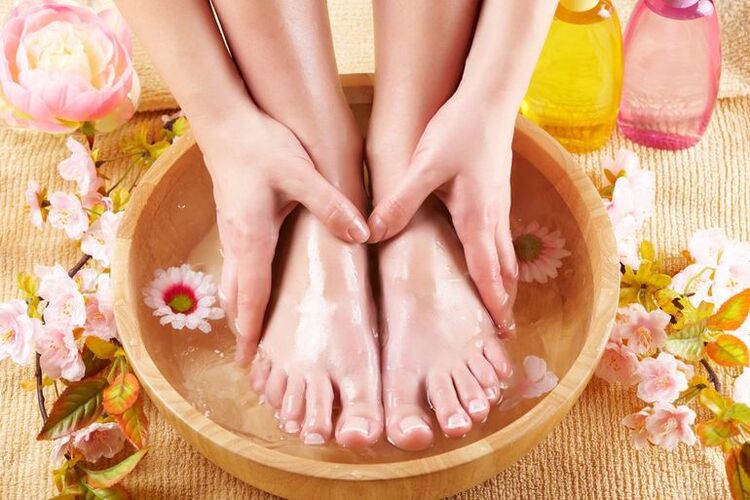
In order to treat the legs with therapeutic decocements, the drug verbs and the inflorescences of the calendula can be used.Oak bark, dried Blackberry berries also have a good antiseptic effect.The selected components are mixed in the same amount.3 el.l.And pour a glass of water.Tighten a small fire for 15 minutes.Filter and moisturize the lesion of the decoction with the resulting decoction.This tool can also be used for lotions.
To prepare a healing ointment, mix the same amount of pork fat and wood ash.The resulting ointment should be thick and have a homogeneous consistency.It is used twice a day on clean and dry legs: in the morning and evening.



























